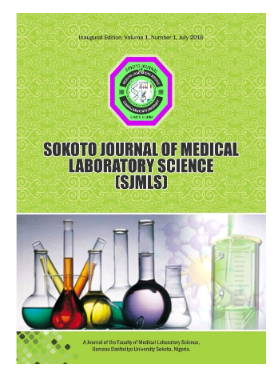Protective Potential of Momordica. charantia against CCl4 Induced Change in Liver and Kidney Serum Biomarkers in Wistar Rats
Keywords:
Mormodica charantia, liver injury, kidney injury, oxidative stressAbstract
Mormodica charantia anti-inflammatory and antioxidant properties are regarded as crucial factors in reducing liver damage and fibrosis. Fibrosis, inflammation, and apoptosis are the hallmarks of acute liver injury, which can result in liver failure, cirrhosis, or cancer and have an impact on the clinical outcome over the longterm. The medicinal value of M. charania is derived from its bioactive phytochemical c o m p o n e n t s , w h i c h h a v e o b s e r v a b l e physiological effects on the body and act as a preventive measure. The aim of this present study was to investigate the effects of M. charantia on acute liver and kidney injury induced by carbon tetrachloride (CCL4) in wistar rats. Wistar rats were subjected to intraperitoneal injection of 1 ml/kg body weight CCL4 with or without M. charantia (100 mg/kg, 200 mg/kg and 300 mg/kg). Rats treated with CCL4 developed acute liver and kidney injury, as evidenced by elevated levels of alanine a m i n o t r a n s f e r a s e ( A LT ) , a s p a r t a t e aminotransferase (AST) and alkaline phosphatase (ALP), urea, creatinine and accompanied with histological analysis. The present study highlighted that M. charantia exhibited liver and kidney protective effects against acute hepatic injury induced by CCL4 via suppressing inflammation and oxidative stress. Administration of M. charantia demonstrated significant hepatoprotection and renal protection against CCl4 induced liver and kidney injury in wistar rats




